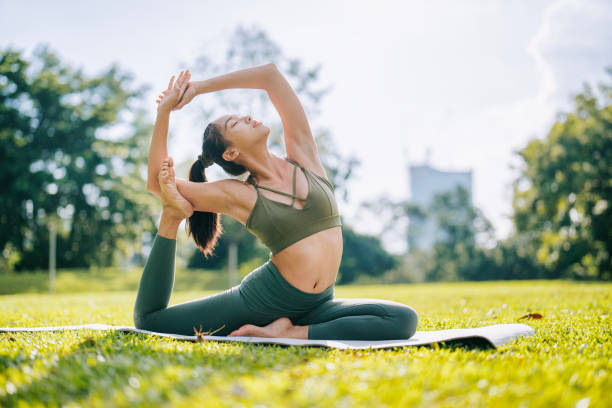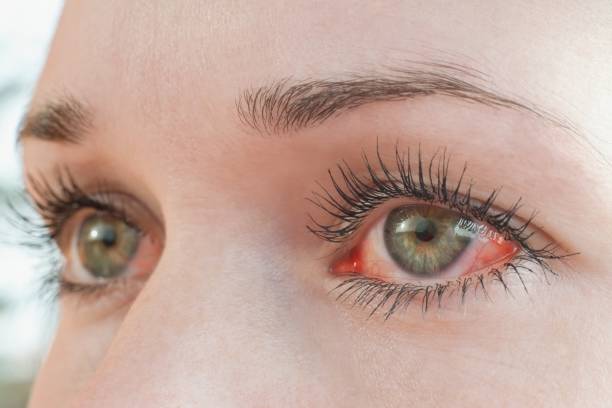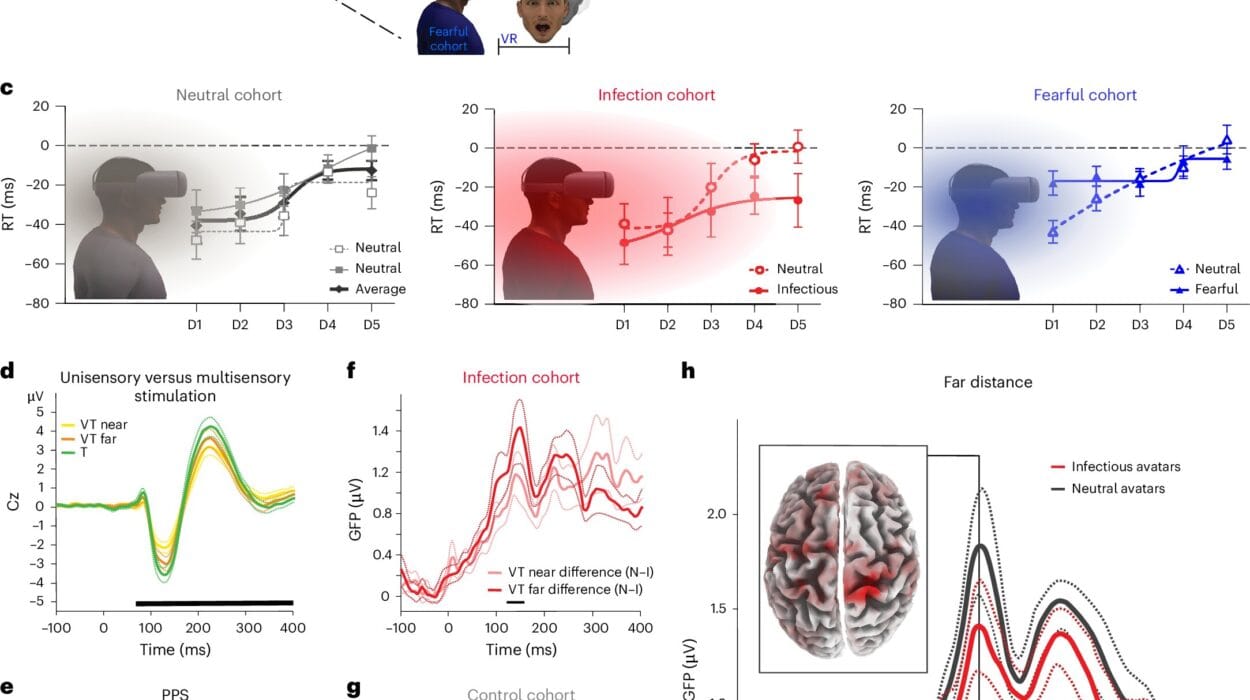Knee osteoarthritis (OA) is not just a medical condition—it’s a life-altering reality for more than 595 million people across the globe. Stiff knees, persistent pain, and limited mobility can chip away at a person’s quality of life, making once-simple tasks—like walking up stairs or kneeling in the garden—suddenly difficult. For many, the search for effective, non-pharmacological relief is crucial. That’s where exercise therapy comes into play, long recognized as a first-line treatment for OA.
But within the realm of exercise, a crucial question emerges: Is yoga as effective as traditional strengthening exercises for managing knee OA? A new study—rigorous, revealing, and published in JAMA Network Open—has offered some illuminating answers. Spoiler alert: the winner isn’t what you might expect.
The Two Contenders: Strength vs. Stillness
When we think of managing osteoarthritis, especially in the knees, our minds may jump to weight machines, resistance bands, and sweat-inducing physical therapy routines. These strengthening exercises aim to build the muscles surrounding the knee joint, which in turn helps offload pressure, improve joint alignment, and ease the mechanical stress that drives pain.
But there’s another ancient practice quietly making waves: yoga.
Yoga integrates physical postures (asanas), breathing techniques (pranayama), and mindfulness, offering a multi-pronged approach to healing. Where strengthening exercises bolster the body, yoga engages the mind-body connection, promoting relaxation, mental clarity, and physical balance—not just muscular strength.
So when placed head-to-head, could one modality outperform the other in relieving pain and restoring function for people with knee OA?
The Showdown: A 24-Week Clinical Trial
To compare these two therapies, researchers in Southern Tasmania, Australia enrolled 117 individuals with knee osteoarthritis. These weren’t borderline cases. Each participant reported a pain score of at least 40 mm on a 100 mm visual analog scale (VAS)—a metric that captures the subjective intensity of pain.
Participants were randomly assigned to one of two groups: 58 to a yoga program and 59 to a strength-training regimen. Both interventions ran for 24 weeks, beginning with 12 weeks of supervised sessions (two per week) paired with a third home-based session, followed by 12 weeks of unsupervised home-based exercise.
Both groups had similar demographic compositions: over 70% women, middle-aged to elderly adults living with chronic knee pain. The study focused on one primary outcome—changes in VAS pain scores after the first 12 weeks.
What Did They Find?
Both groups reported significant reductions in knee pain after 12 weeks. But here’s the kicker: neither yoga nor strengthening exercises proved to be superior. The average difference in VAS pain score between the two groups was just −1.1 mm, a negligible figure.
To declare one therapy as clinically superior to the other, a difference of at least 15 mm on the VAS scale would be needed. That benchmark wasn’t even close.
Translation? Yoga is not worse than traditional strength training—and in the clinical world, that’s a powerful endorsement. Yoga may be different in its approach, but it’s equally effective in managing pain and improving function for people with knee OA.
Why Yoga Works: A Holistic Lens
You might be wondering: How can something as gentle as yoga rival muscle-building exercises? The answer lies in its multifaceted benefits.
- Improved Flexibility: Yoga gently stretches the muscles and ligaments around the knee joint, improving range of motion and reducing stiffness—key symptoms of OA.
- Pain Reduction Through Mindfulness: The breathing and meditation elements in yoga can help lower stress hormones and activate the body’s natural pain-relieving mechanisms, such as endorphins.
- Balance and Stability: Many yoga postures challenge balance and coordination, helping to strengthen stabilizing muscles and reduce the risk of falls—especially important for aging adults.
- Mood Enhancement: Chronic pain often comes with mental health burdens. Yoga has been shown to reduce symptoms of depression and anxiety, offering psychological relief in tandem with physical healing.
Strength Training Still Stands Strong
That’s not to say strength training is being dethroned. Far from it. Decades of evidence support its benefits for OA:
- Increased muscle mass helps stabilize the joint and reduce stress on the cartilage.
- Improved proprioception (your body’s ability to sense movement and position) aids balance and coordination.
- Strength training is highly adaptable, allowing therapists to tailor routines to individual abilities.
The beauty of the study lies in its revelation that patients don’t have to choose only one path. In fact, the researchers suggest that combining yoga with strength training could deliver complementary benefits, both biomechanical and psychological.
A Turning Point for Clinical Guidelines?
Clinical guidelines have traditionally leaned toward strength training as the go-to recommendation. However, many of these guidelines also mention yoga, though cautiously, often citing a lack of high-quality evidence. That’s been a limiting factor—until now.
What sets this study apart?
- Larger sample size (117 participants) compared to prior yoga studies.
- Standardized diagnostic criteria for knee OA.
- A robust randomized controlled trial (RCT) design.
- Measured outcomes based on visual analog pain scale (VAS), a gold standard for pain assessment.
With these methodological strengths, the study carries weight. It provides much-needed clinical support for yoga as a legitimate therapy—not just a lifestyle trend or spiritual pursuit.
What This Means for Patients
If you suffer from knee OA, the results are empowering. You have flexible, evidence-based options.
Prefer a dynamic, resistance-based workout? Stick with strength training.
Looking for a gentle, mind-body experience with stress-relief benefits? Try yoga.
Want the best of both worlds? Combine them.
The key takeaway is this: movement is medicine, and both yoga and strength training are powerful prescriptions.
Final Thoughts: A New Chapter in OA Care
This landmark study shifts the conversation. It validates the lived experiences of millions who have turned to yoga not just for spiritual balance, but for real, measurable physical relief. And it challenges clinicians to reconsider how they structure rehabilitation programs.
As we look to the future of OA management, patient preference, accessibility, and enjoyment should guide exercise prescriptions just as much as clinical outcomes. Whether it’s on a yoga mat or under a dumbbell rack, the path to pain relief and improved mobility is wide open.
So, roll out your mat or lace up your trainers—because relief might just be a pose or a squat away.
Reference: Bedru J. Abafita et al, Yoga or Strengthening Exercise for Knee Osteoarthritis, JAMA Network Open (2025). DOI: 10.1001/jamanetworkopen.2025.3698






